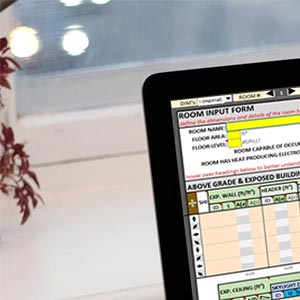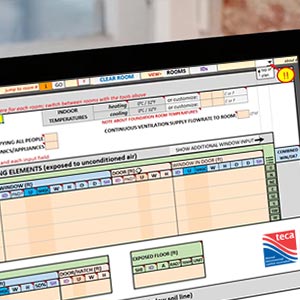print | Email a Friend | back
Are you a TECA member? If so, you pay our member's discount pricing. Please login or find out here if you qualify for our membership pricing.
TECA's Hydronic Piping Handbook drawings comprise a technical reference for regulatory authorities, designers, installers and other individuals directly or indirectly involved with hot water heating projects.
These drawings will aid in the understanding of how the boiler, piping system, heating equipment and associated components are arranged and used with residential, hot water heating systems. This publication provides many more Hydronic piping drawings to be used as a supplement to the basic drawings included in the TECA Hydronic & Combo Guidelines, 8th Edition. This handbook contains several more piping systems than was possible to include in the Guidelines, which show only basic primary/secondary and reverse return drawings.
This handbook not only expands on the existing Guideline drawings, but also adds other types of piping systems such as combination Primary with reverse return and direct return secondary systems, standard reverse return systems, and direct return piping systems. There are also new drawings showing speciality wall hung boilers, DHW heater Combo systems, and manufactured boiler piping system components.
When designing systems, the drawings shown in this handbook are to be used in conjunction with the TECA Hydronic & Combo Guidelines, 8th Edition and the TECA Hydronics Systems Design Manual. Note that even though there are drawings in this handbook that illustrate some radiant heating applications without the use of a mixing system, it is recommended in the interest of energy efficiency and conservation all heating systems should include the use of some type of an outdoor reset control to regulate water temperature regardless of the heat source used in the system.
The drawings in this manual are approved boiler room and system layouts and are intended for use by authorities having jurisdiction for inspections of hydronic installations.
DISCLAIMER: This Manual was developed in consultation with, and using information obtained from manufacturers, suppliers, contractors and others with specialized experience. It is subject to revision as further use and investigation may show such revision necessary or desirable. Installations and designs that comply with this manual will not necessarily be acceptable if, when examined and tested, they are found to have features that impair the result contemplated by these requirements. The authors and editors assume no responsibility and accept no liability for the application of the principles or techniques contained in this manual or for errors or omissions and expressly disclaim any such responsibility.






